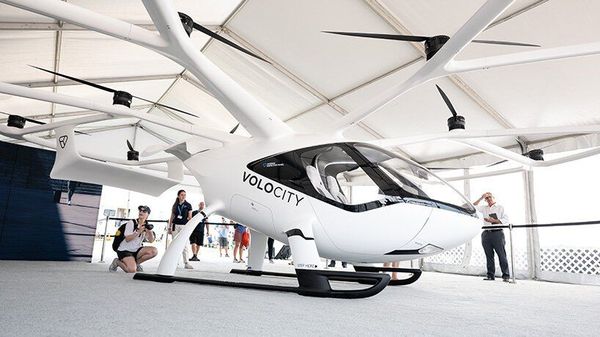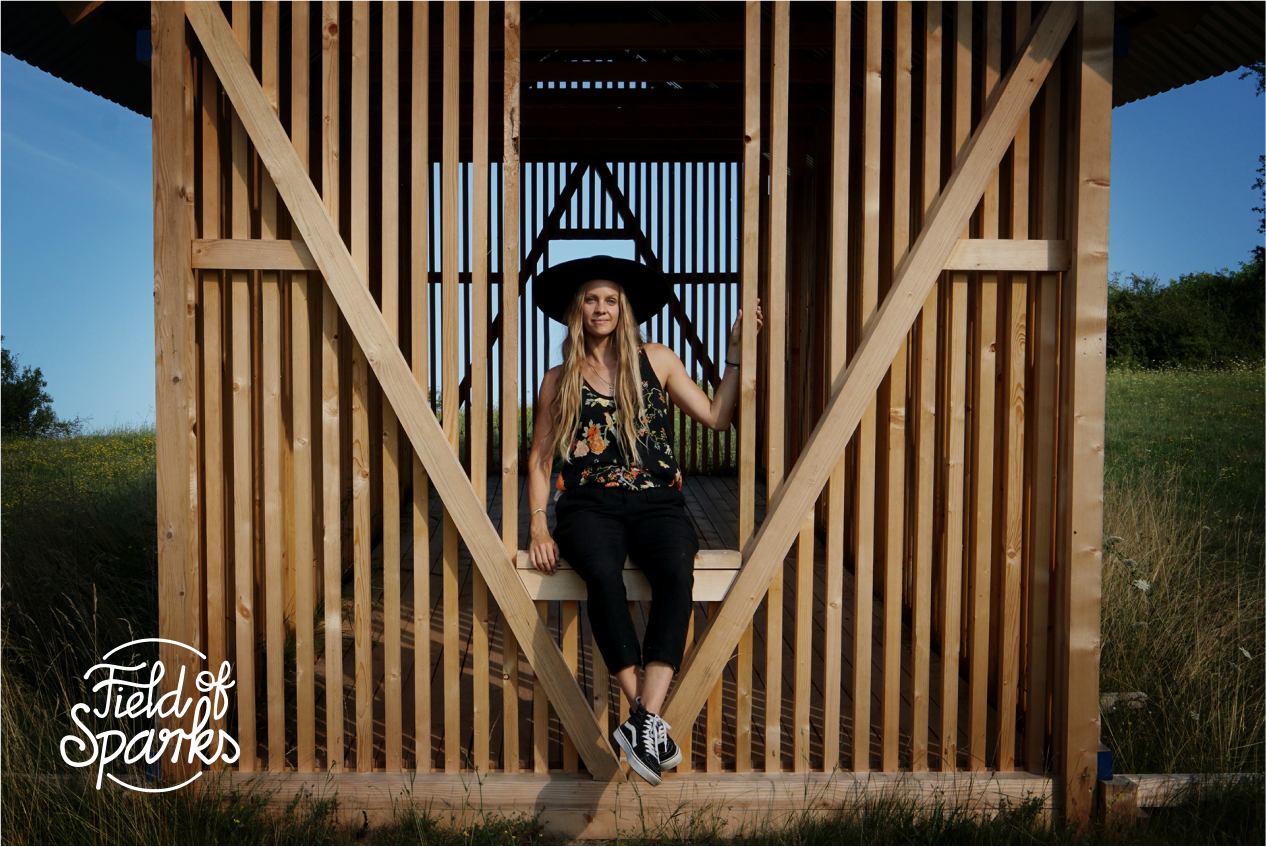Not just an event, but an initiative that brings together artists, architects and designers to create a new narrative for Ipolytarnóc, the northernmost village of Nógrád County. Using the language of art, working with local people, they open up new perspectives and create a new identity that nurtures the community and the local values. Zsófi Fenyvesi, the art director of Field of Sparks, told us about its history, philosophy and future plans.
“Freedom, art, architecture, nature and rock’n’roll”—Ipolytarnóc will be transformed and drop off its everyday routine between August 21-28. In our latest mini-series, week by week, you can get to know the Field of Sparks’ flagship partners and the artworks they have designed for the event venue. In our first article, we asked Zsófi Fenyvesi, the art director of the initiative, for details about the art week.
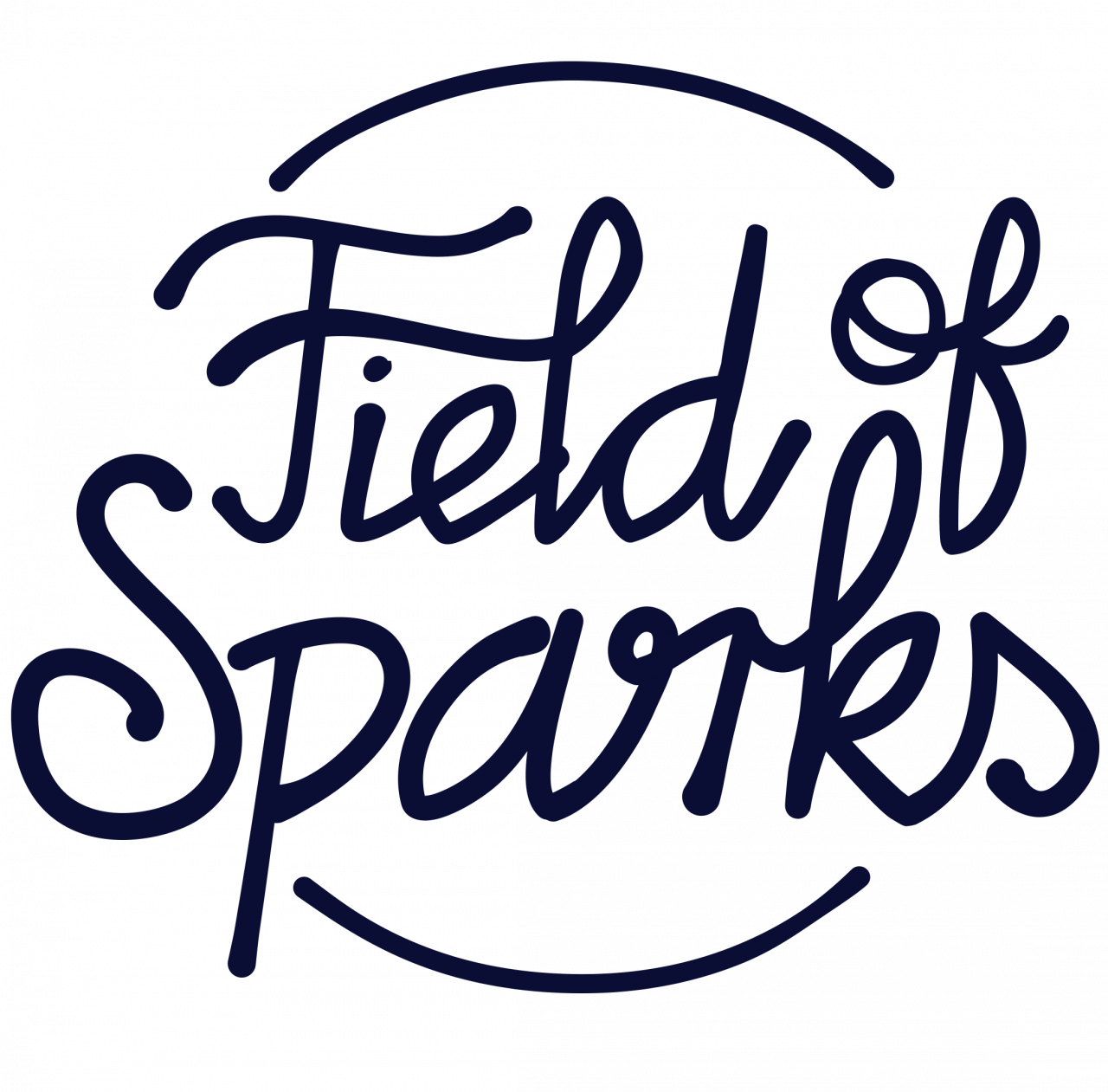
For the third year running, you’re hosting Field of Sparks, also known as Szikra Mező art week. How did this story begin?
The Field of Sparks is freedom, art, architecture, nature and rock’n’roll. Experimentation, discovery, change and transformation, flow and analog experiences—at least for us. The whole story began as a gathering of friends in Ipolytarnóc in 2017, but the current model unfolded in 2019 as an all-arts initiative. This year we organised our first art week, with the support of the International Visegrad Fund, which this year for the third time put its trust in us. The event is international, involves Slovak and Hungarian artists as well as local ones, and last year we were really happy to welcome also students from Ghana. For artists, it is a space of free experimentation, for locals a series of exciting events and opportunities to connect and rewrite their stories, and for visitors a place full of surprises where they can discover artworks planted in the surrounding nature.
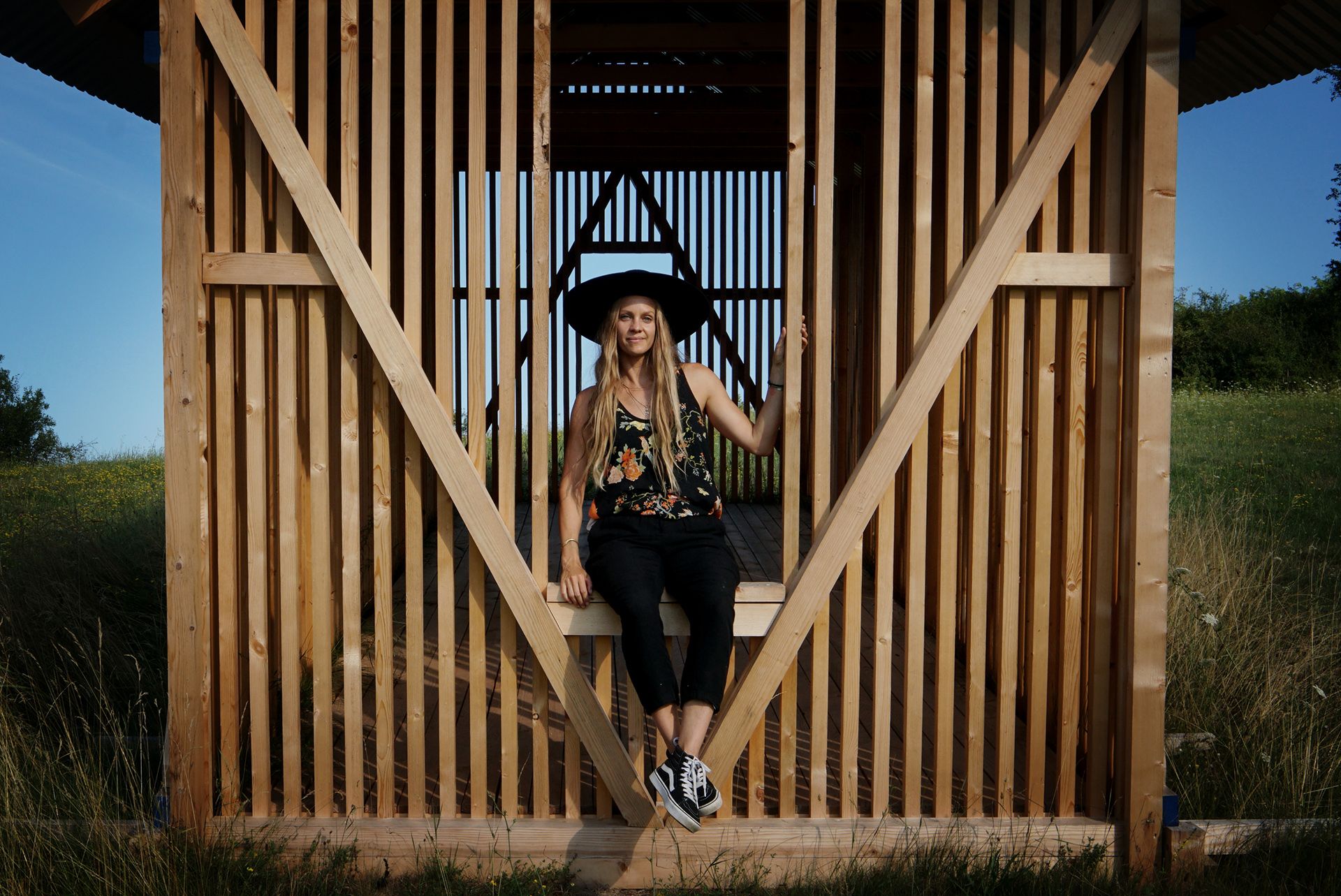
All in all, Field of Sparks is a celebration of seemingly unrelated things: big city and small village, old and young, Roma and not Roma, planned and organic, man-made and natural. As well as being the art director of the initiative, I am happy to be involved in any part of it as a creator. The Field of Sparks is the whole art of creating something out of nothing—that’s what I love about it.
Every year the event takes place in Ipolytarnóc. Why is this town hosting the art week?
Ipolytarnóc is a small village in Nógrád County, which, like many other Hungarian villages, is facing various difficulties. One of them is a kind of intellectual vacuum, which is typical of the area.
Few people know about this corner of the country; therefore, we have set ourselves the goal of putting Ipolytarnóc on the artistic and cultural map of Europe. In Nógrád County it has been possible to study at a higher education institution since 2017, so we hope that through this and other initiatives like ours, young people can gain inspiration, knowledge and skills that can give them a new perspective.
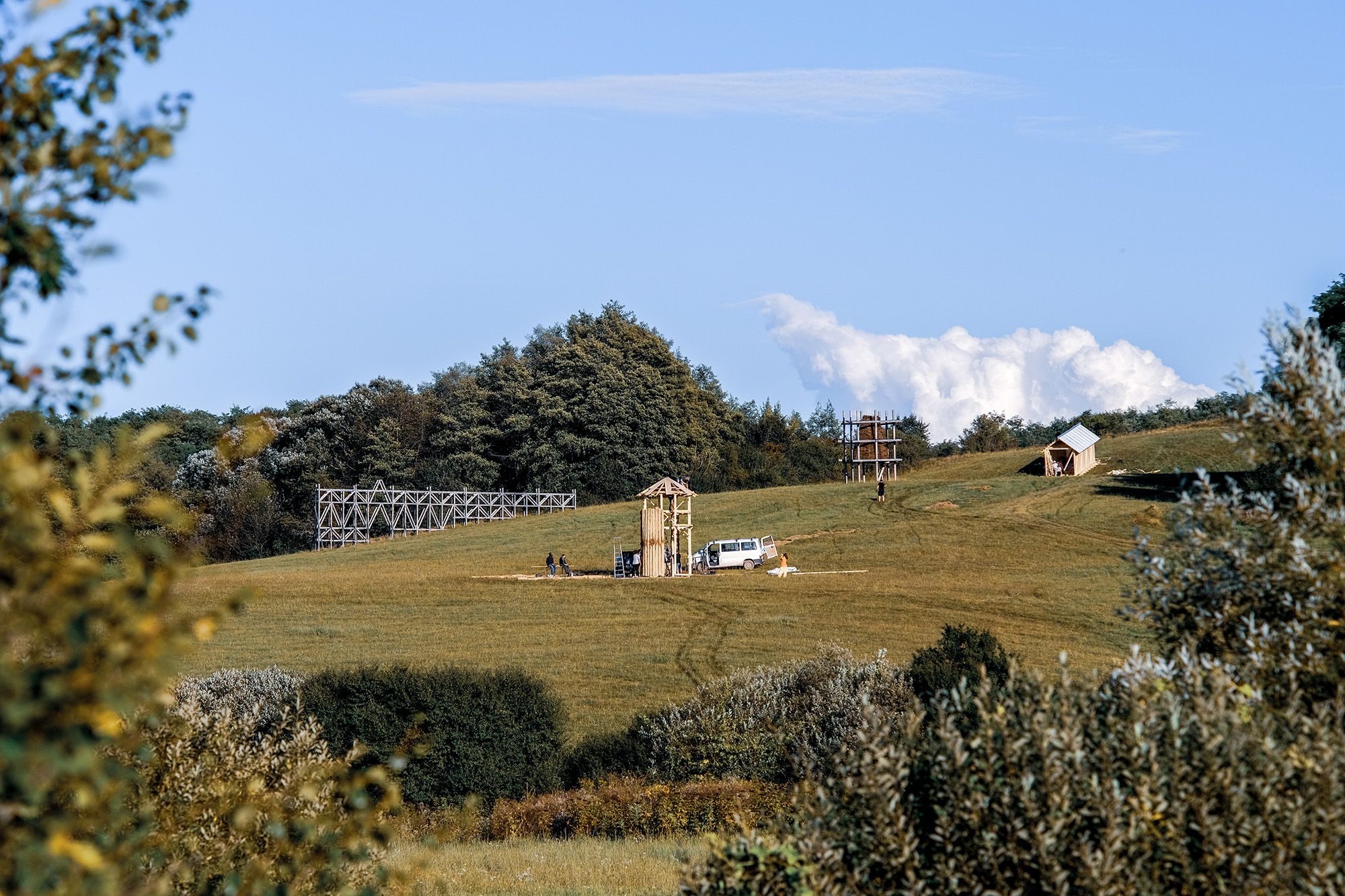
Péter Kiss, one of the founding members of our association, has family ties to the village, which is how the Field of Sparks Art Park was created in a field offering one of the most beautiful sunsets in the country. The village is four kilometers from the Slovak border, which makes it easier to attract participants and creators from Slovakia. I first came to this place on one of my motorcycle tours, when we started thinking about what this place could inspire us to do, what direction we could take, what my role could be. I have been fascinated by the stillness and vibration of the village, the “Huckleberry Finn” atmosphere, the kindness, the neatness and the friendliness of the people, since the very beginning. I think that art is not really something we do, but a place we go to within ourselves. In Ipolytarnóc, everything is there for that, and all our artists who have spent time here feel the same way.
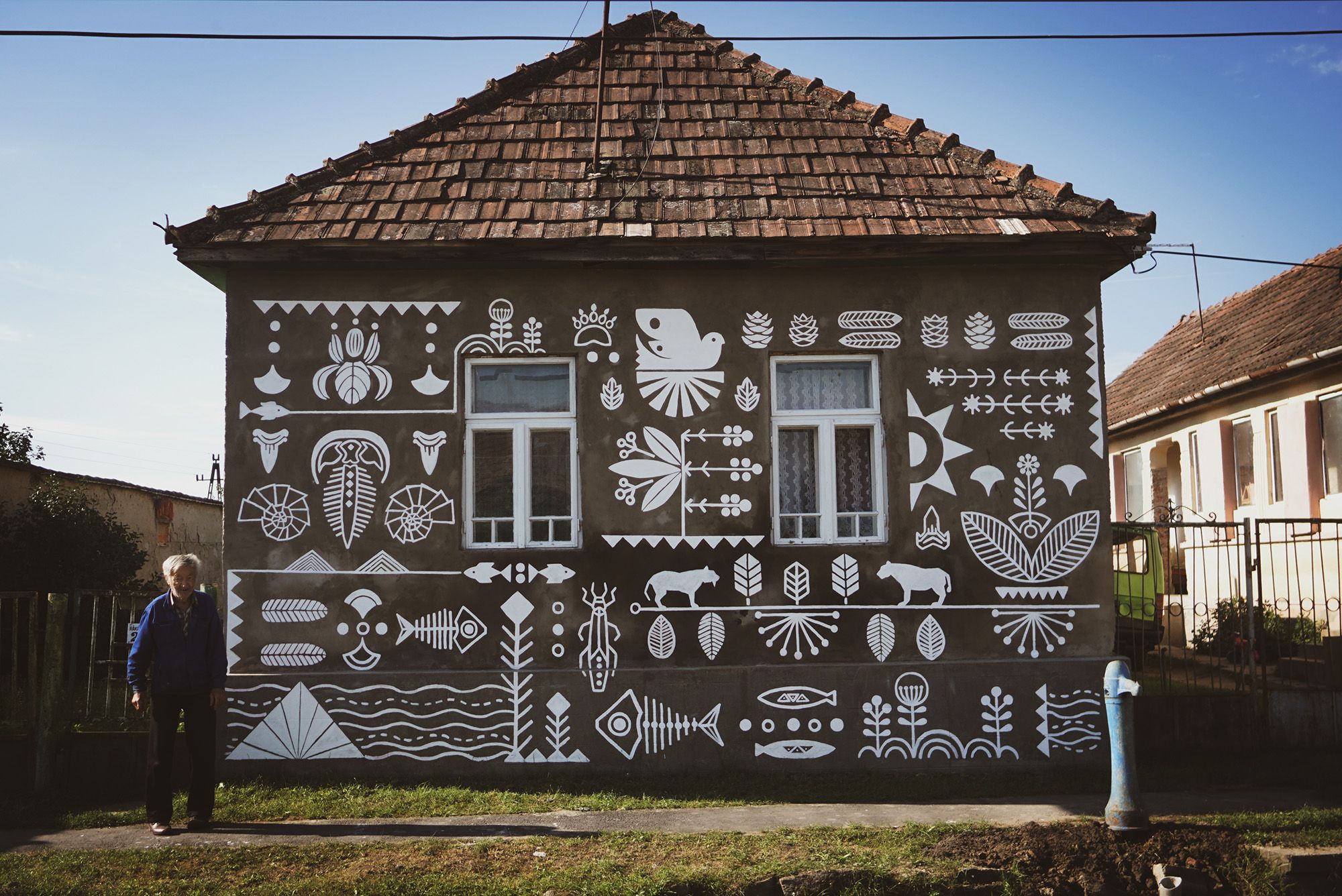
“A circular mentality is the only way to progress,” as in your latest publication. What exactly is the philosophy behind this idea?
I think interaction is very important. In the Field of Sparks initiative, we seek the essential relationship between man and nature through the tools of art, which is only possible by thinking about the physical and psychological reciprocal effects of each of our actions. It is fundamental that we are environmentally conscious in all our decisions, and we encourage everyone from the people of Ipolytarnóc to the artists and visitors. Already during our first interviews, participating artists will be given a brief, detailing the values and aspirations of the Field of Sparks. This year’s description included, for example, the following headwords: contemporary anthropology, fruitful futures, wild ideas, aesthetics of functionality, decorativity, clarity and sensitization. The design will be completed a month before the art week, and the implementation will be done on the spot with the involvement of the people of Ipolytarnóc. At the end of the week, on Friday and Saturday, we will celebrate our time together: this year’s Cult Friday will be a mini film festival and dance in Kiss Major, and on Free Saturday, Kale Lulugyi will perform in the center of the village, at the base of the Kaleidoscopium. For these two house parties, we welcome travelers, dance lovers, and people hungry for art and village life!
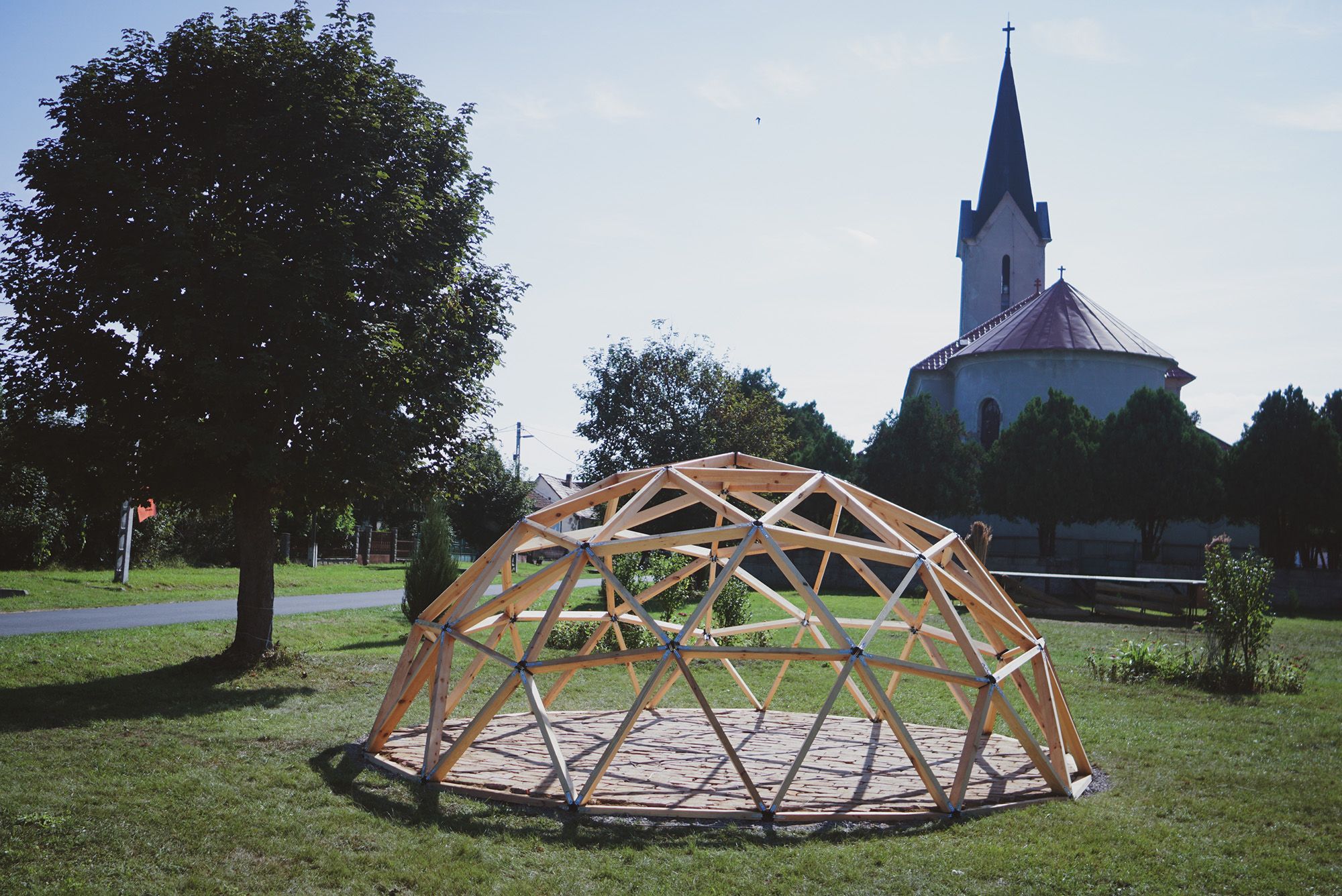
As you mentioned, every year you work with other Hungarian and Slovak designers and architects to create installations. Who exactly are the other permanent team members involved in the Field of Sparks?
Every year, we decide at the application stage which artists and universities we want to work with. Our permanent team is still small and consists mostly of members of our association: Péter Kiss is responsible for local affairs, Róbert Péter Szabó is in charge of architectural and professional issues, Anikó Fenyvesi is taking care of the association’s management and economic tasks, and Zsófi Majorosi is the team leader of the graphic design this year.
I do quite a lot of creative and organizational work: art direction, which is what we call my job, also means here that I have been thinking for years about why and how it is worth doing a project like this, for whom and why it is good and important that it exists. I am trying to bring a vision to life, first at the level of written words, then at the level of action, which I believe so strongly in that it will somehow eventually be realized. Year by year the plans and dreams grow bigger, we are beginning to see clearly what an initiative like this can grow into if we do it right.

What is your experience, how do the locals feel about the installations, do they have a sense of ownership?
When a small heart scratched into a plank first appeared in one of the installation’s most beautiful, overhanging spots, I thought it was worth it. The Field of Sparks creates new places where it’s simply good to be. And the locals are feeling it more and more, often sending photos of themselves there, looking at it, spending time there. That’s a great recognition for us. Before the design phase of each project, we set out to make lightness, playfulness and invitation the keywords for the buildings, and we feel we have succeeded so far. Our aim is to make the installations into a park that is a visitor attraction, and one that can benefit and employ local people in the longer term.

Why is this initiative important for you?
For me, the Field of Sparks brings together a lot of things that I consider important and valuable. It’s about experimental architecture, abstract art, poetry, as well as people and situations in life. I have always taken great care to make the whole project pull towards cohesion, completely free of judgment. In a small village in Nógrád, we work with the locals in such a way that we want everyone to know and feel that they are giving something to each other.
“Art changes everything”—this is the philosophy of the Field of Sparks. Art inspires, unplugs, uplifts, puts you in a state of flow, connects you, and I think it also creates identity. Is it necessary in a small village that in many ways has lost hope? Yes, because it teaches a vertical view of life, that under the weight of horizontal, stacked patterns accumulating from generation to generation due to the difficulties of life, collapse and nihil are not the only options. It is possible to think upwards, both individually and collectively, and the best way to learn is by example.
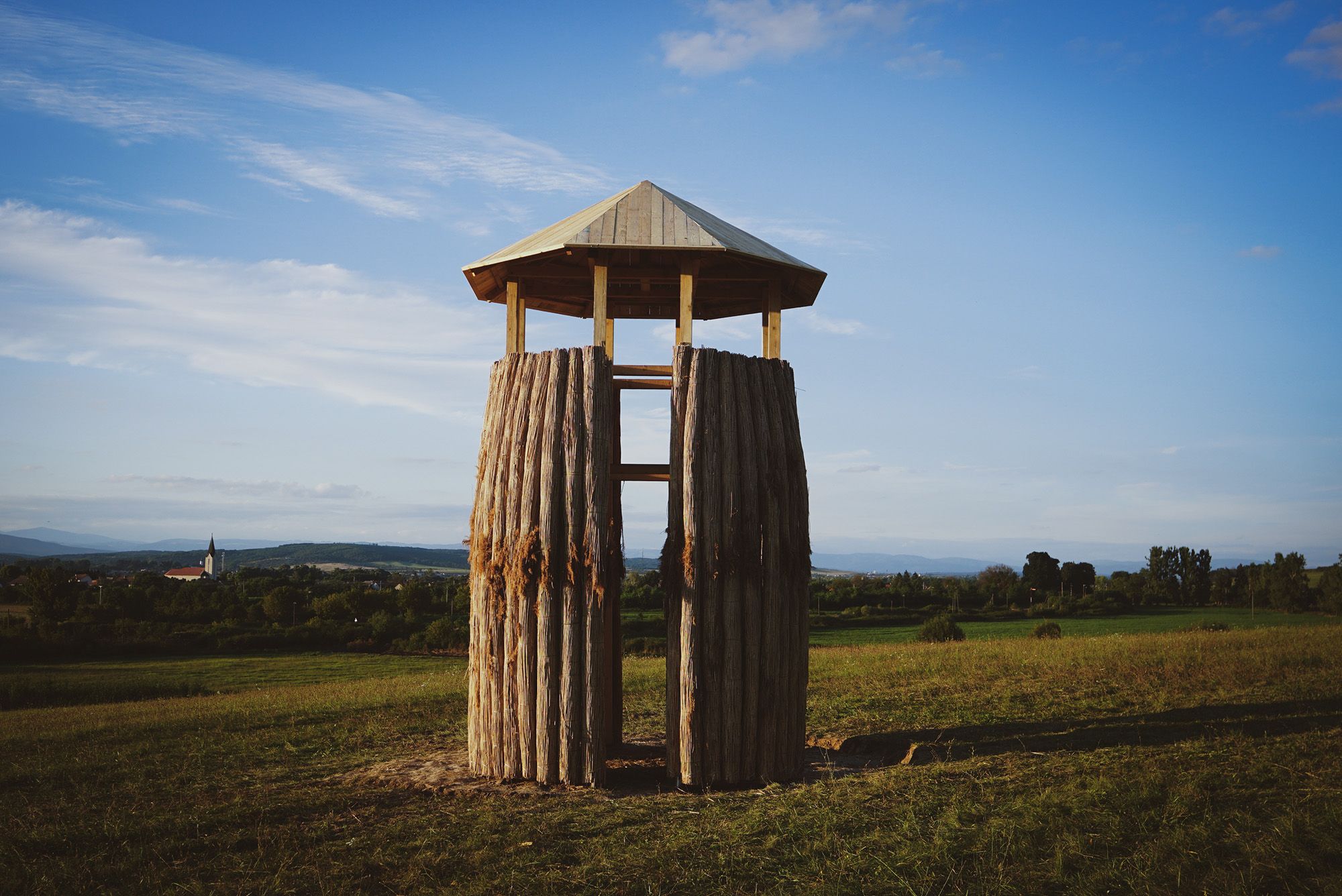
What are your future objectives: in what direction do you want to develop the event?
On the one hand, we would like to think of Field of Sparks as a brand, which means that we are happy to take on commissions anywhere, even away from Ipolytarnóc. On the other hand, this year we have crystallized the idea of creating the coolest open art university in Central and Eastern Europe in Ipolytarnóc, alongside the construction of the Field of Sparks Art Park. This would turn the project from an event into an even more special place that would benefit the village. To do this, first of all, we need to develop infrastructure, for which we have the plans and the enthusiasm, but it is a very complex goal. I very much hope that we will succeed.
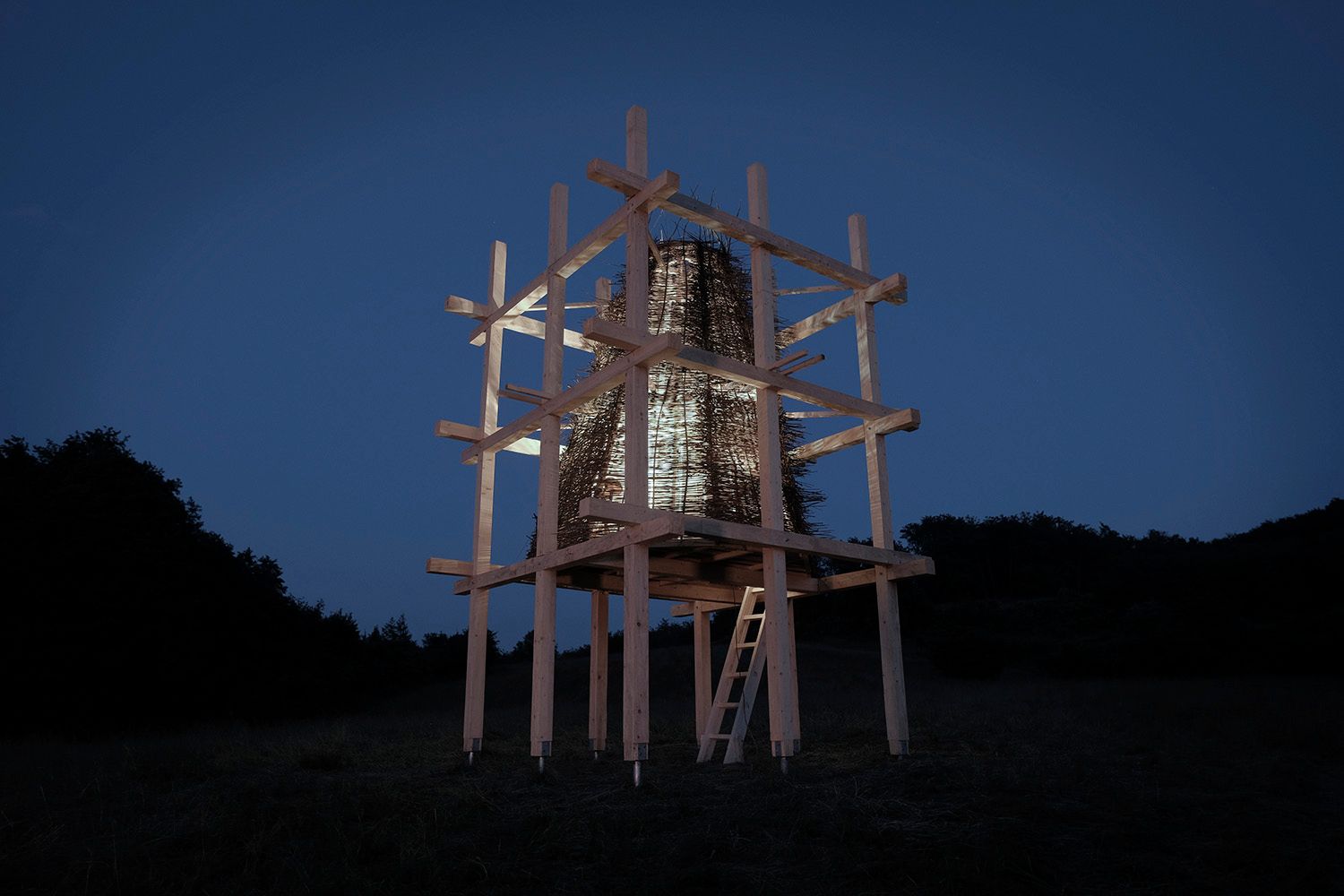
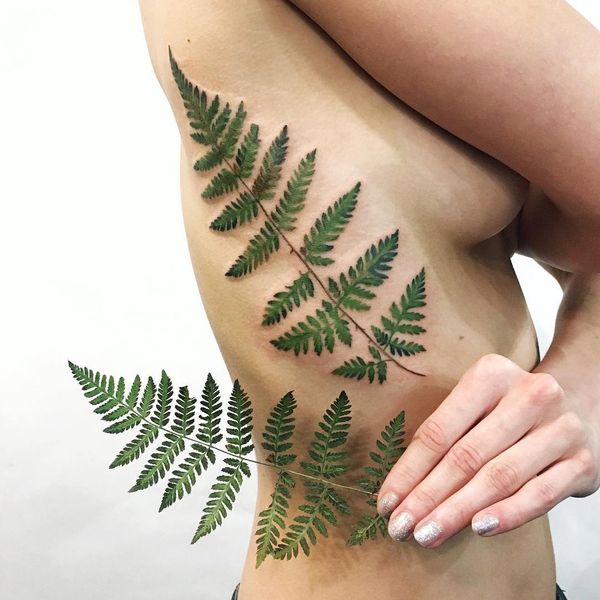
The most unique tattoo artists in Eastern Europe | TOP 5
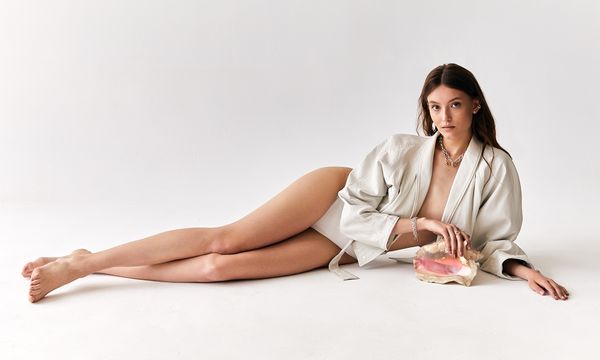
Jewelry inspired by the special forms of nature
